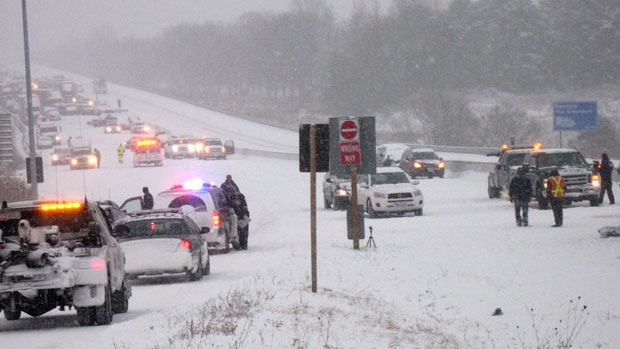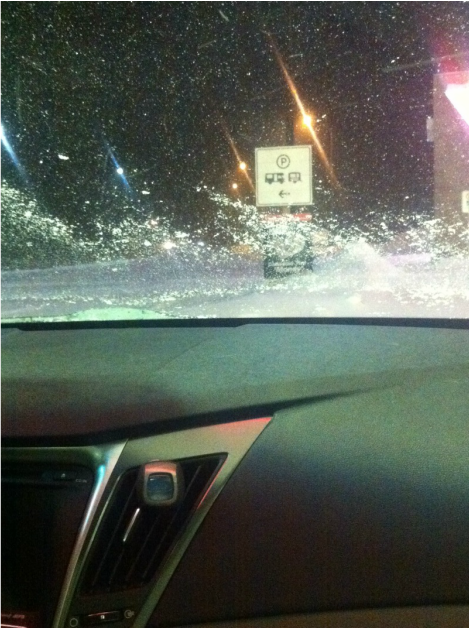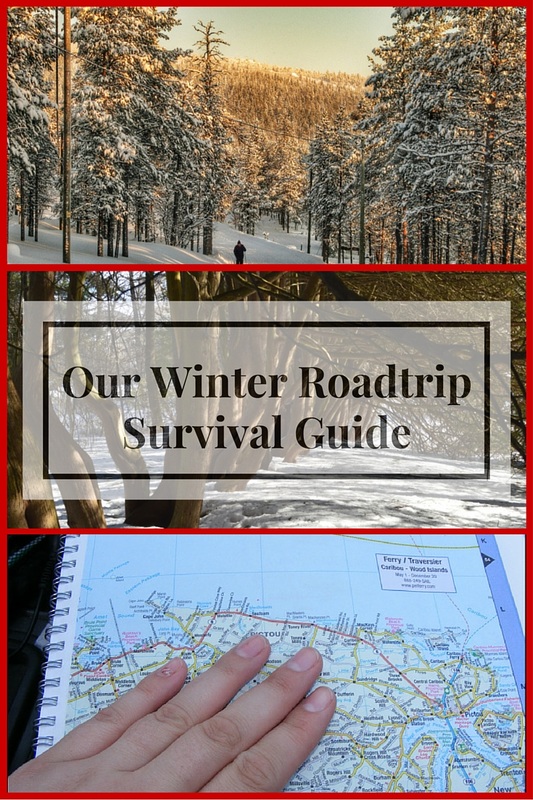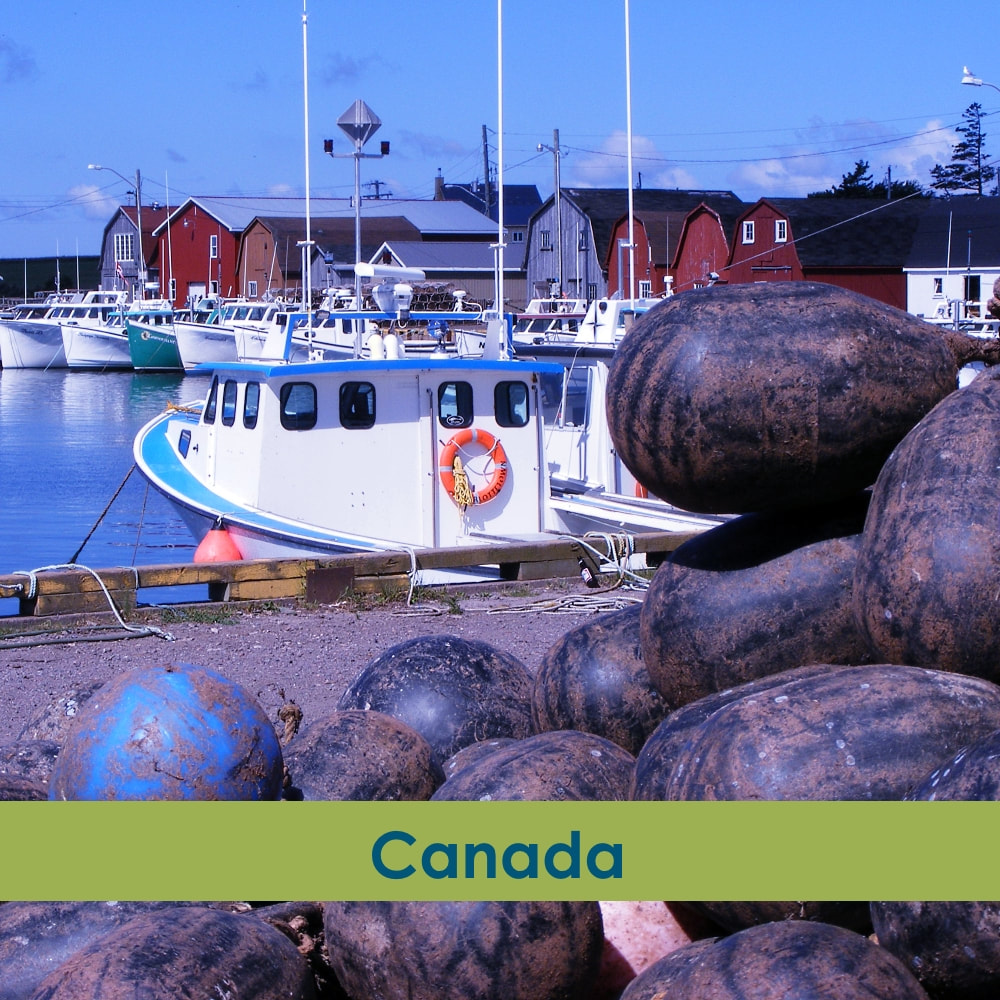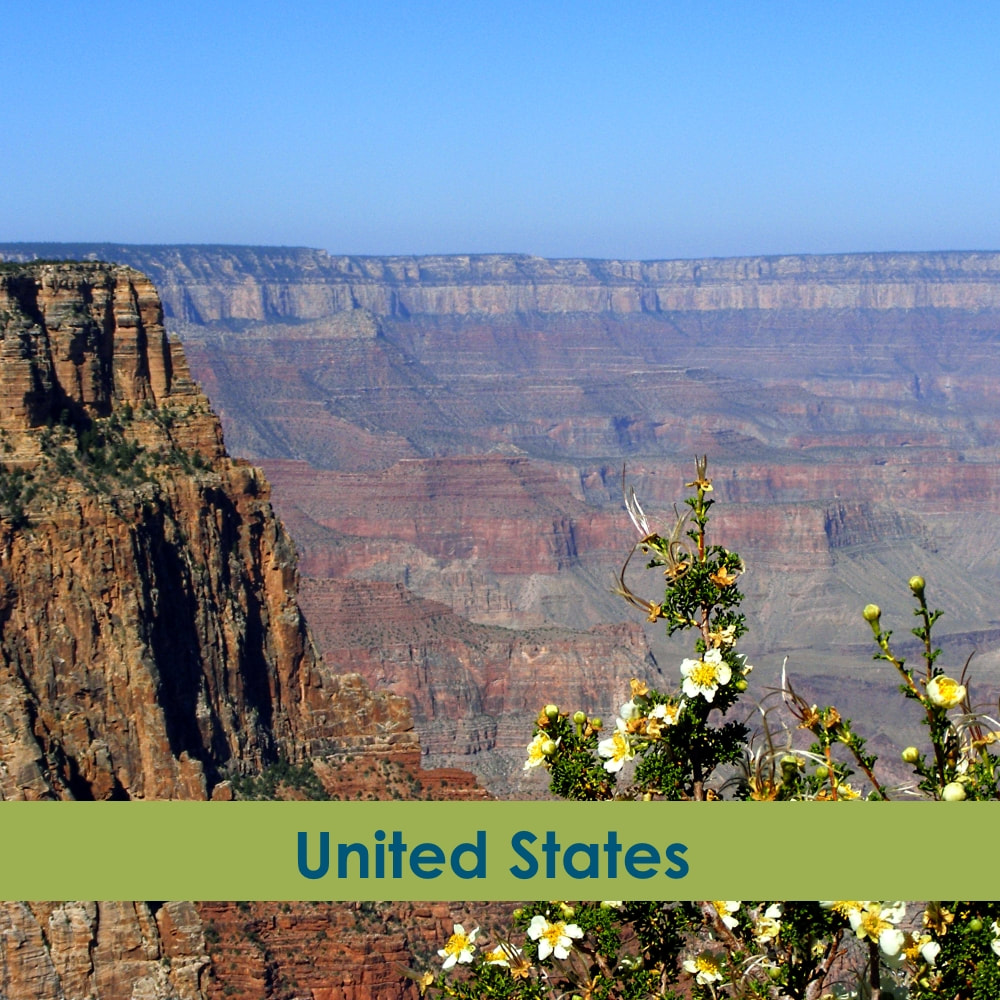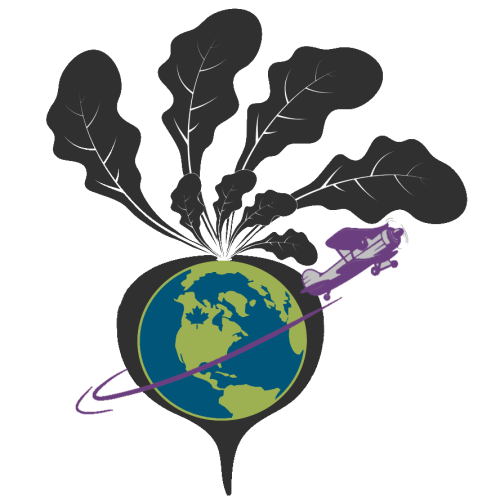A blizzard and a busted battery left us in a bad situation that was rapidly getting worse. We learned (almost) the hard way just how dangerous winter road trip travel can be.
Winter driving is a fact of life for those living in cold weather locations, like us here in Ottawa. We mark the start of the season by installing new snow tires and celebrate its end by driving around in flip flops as soon as the temperature climbs above the freezing mark. Every winter is a delicate dance between a deep seated desire to leave the house and a prosaic prudence that warns caution and urges us to stay home.
Fortunately, we've had mostly good luck on our winter road trips - and so far this year we're having a wonderfully mild season - but one bad past experience proved to be a timely reminder on the importance of relying on preparation, and not just good fortune.
We were on Highway 401, headed towards Toronto, when traffic came to a standstill. What had begun as a rather unremarkable winter's day had taken a sudden turn. The sun had set, snow was blowing, and the highway was icy. Much icier, in fact, than we had previously realized. We sat on the highway for several hours as emergency services cleared the scene of a horrible accident in which two transport trucks had collided.
Just minutes before the traffic finally started moving again, our car suddenly died. All the lights of our car flashed, a multitude of sensors lit up the screen, and we got a quick succession of warning notices. And within a minute the car was completely dead. We couldn't put it in neutral and roll it off of the road. We couldn't even put on the hazard lights! So there we were, in the dark, in a snow storm, in a silver car, on the fast lane of one of the busiest highways in Canada; a highway that was covered in ice. We weren't waiting out an accident any more. We were an accident waiting to happen! We were sitting ducks and we were scared.
We called 911 to ask for police assistance and they were unable to tell us when help would come or even if we should stay in the car (collision danger) or stay outside (inevitable hypothermia). Without any lights, our neutral colored car was completely camouflaged by the snow. We put our iPhone on the strobe light setting, wrapped a mitten around it, and stuck it in the snow on the back of the car, hoping the steady stream of traffic would see the blinking light (and us) in time.
20 incredibly tense minutes passed until a road works truck came upon the scene. He had his crew block the highway so we would be safe from traffic - an incredibly kind gesture - and stayed with us until a tow truck came. Long story short: It took us three days to get the car repaired. There was a problem with the battery and a special part had to be shipped in from Vancouver. Normally we would be highly agitated over our cancelled plans but we knew just how lucky we were to emerge unscathed. Want more travel advice like this? Check out my newsletter! The Clothesline offers cozy content for writers who love to plan, travel, and read.
(Lesson learned: We needed to get our winter road trip act together. Snow tires were not enough. We couldn't count on being lucky twice in a row but bad weather? That's something we could always count on.
First, we needed a car emergency kit. A good one. A big one. The kind of kit that includes flares, red flashers, and emergency foil blankets. For once, I didn't even look at the price tag. There's just some things you need to buy and this was one of them. (In case you're curious, this is what we ended up getting, plus we augmented it with a few extra things.) Secondly, we needed a real roadside assistance program, not just the complimentary one from the dealership. It was an awful feeling, scrambling through the papers in the glove compartment to try to find the number we should call and having no idea what was covered. We did our research and picked a plan that worked for us. And then we did even MORE research (and harassed the company a bit) to determine if we would have in the United States as well. And then we did even MORE research and bought a second plan to cover some gaps from the first plan. It's overkill, maybe. But it's an inconsequential cost to our overall travel budget for the year and brings huge peace of mind. Finally, I vowed to always bring along my Mophie portable power pack, no matter the trip. We never bothered to bring it on road trips, assuming that we could just charge our phones in the car as we traveled. But when the power died and we had to use our phones as emergency lights in -25 degree weather, our only lifelines had rapidly draining batteries.
Clariza
26/12/2015 01:05:17 pm
Also tuck some snacks and waters in your trunk as well as hand warmers.
Vanessa
27/12/2015 09:41:36 am
I was just thinking that I need to restock our trunk and add a box of granola bars to it! 27/12/2015 07:46:14 pm
Vanessa, I have the good fortune of living in Australia where we do not have the issues with driving in ice and snow. As a result we still need to carry some emergency gear in our vehicles but it is not as critical as in your environment. Hearing your story it sounds like you definitely need to be better prepared and it sounds like you have taken the necessary steps to have much safer road trips in the future.
Vanessa
30/12/2015 12:46:06 pm
Thanks Anne! It was a good reminder to always put safety first in a roadtrip. 10/1/2016 12:35:26 pm
One of the scariest nights of my life was spent trapped on the highway with hundreds of other vehicles in Nova Scotia, Canada. With temperatures well below freezing, no emergency kit, food, or blankets, and I ran out of gas, I was certain I would freeze to death. Never again will I travel in winter conditions without the proper gear. It's unfortunate that I learned this way rather than being prepared beforehand. Great tips.
Vanessa
11/1/2016 10:22:37 pm
I know exactly the feeling of dread you're describing - it's awful. That's a harrowing experience, for sure. I can't even imagine the fear you must have been in. We drive over a mountain pass a few times a year and I'm always worried that we didn't prepare well enough. I've only been caught up there once overnight when they closed the pass, but that was my learning experience, because we had nothing in the car to keep warm or to eat.
Vanessa
11/1/2016 10:24:26 pm
We've done a few (minor) mountain passes in winter and it was enough to make me not want to repeat the experience. 11/1/2016 12:23:09 am
Man... What a scary experience. So thankful you were okay and very much appreciate you sharing what you learned. As a native Southern Californian I really do not know anything about winter/ snow road kits. Thank you
Vanessa
11/1/2016 10:27:48 pm
We now keep the kit in our car to have on hand for all weather. Handy stuff. I live in Toronto and know firsthand the displeasure of driving on the 401. A few weeks ago my tire exploded and had to wait on the side of the road - but we were able to pull over and put our 4 ways on! It was jarring enough like that - can't imagine not being able to move and being in a camoflauged coloured car! I hope that never happens to you again!
Vanessa
11/1/2016 10:28:42 pm
The struggle of the 401 is real! There are some seriously dodgy areas on that highway. 11/1/2016 06:01:52 pm
That is some scary stuff. Kudos to you for the using the phone on strobe setting to warm oncoming traffic. That was a really scary story. I will pass along to my family in WV who has pretty extreme weather conditions at times as well.
Vanessa
11/1/2016 10:27:14 pm
We're pretty experienced winter drivers and this one had us shaken. You never know when things can get wild out there. Comments are closed.
|
�
Recent Posts
Posts by Location
Post Categories
All
Posts by Date
June 2024
|
Disclaimers, Privacy, and Cookie Policy |
Top 100 Travel Influencer
As named by the Obama White House in 2014. |
© COPYRIGHT 2024. ALL RIGHTS RESERVED.
|

